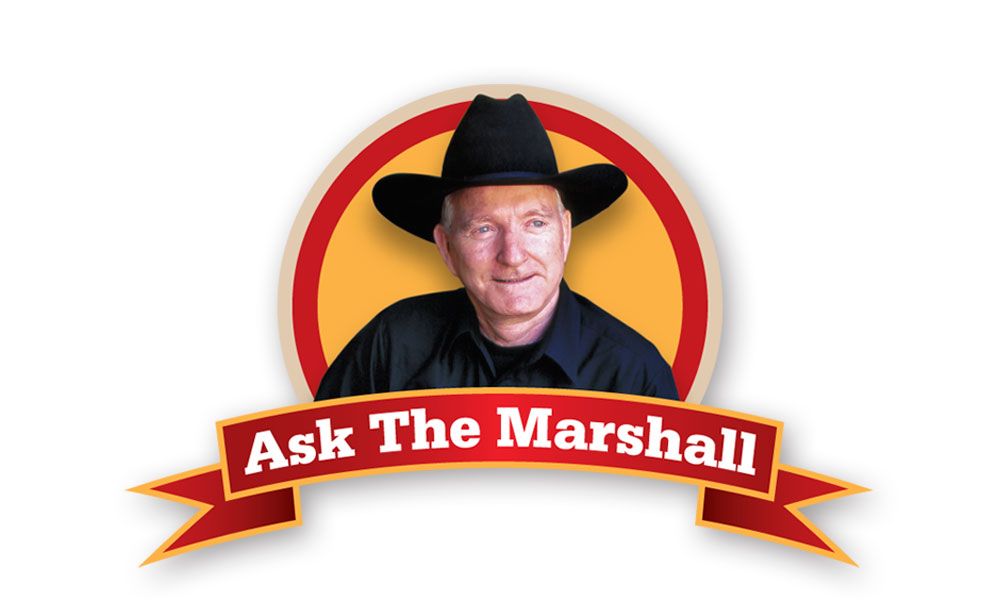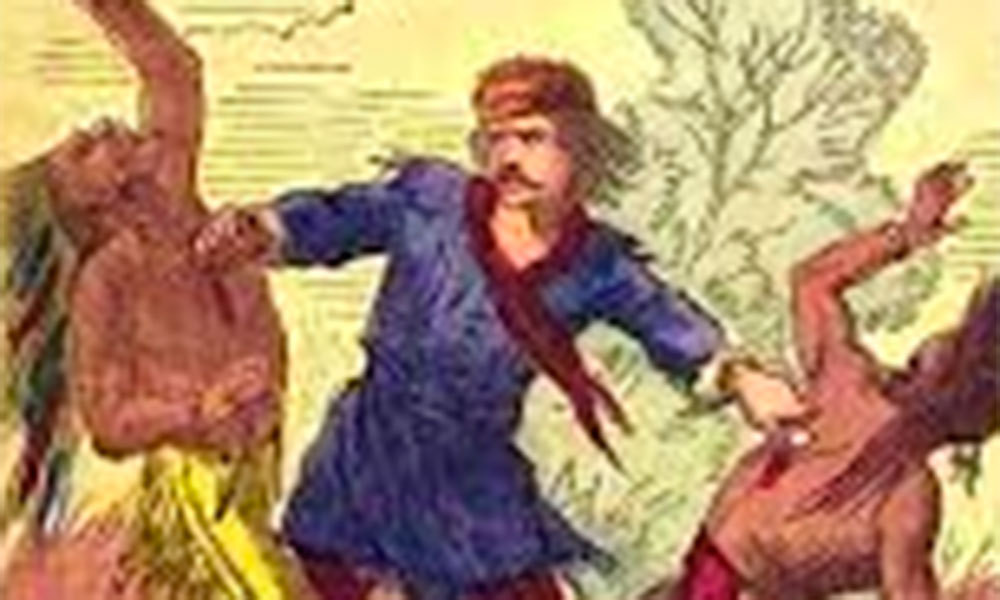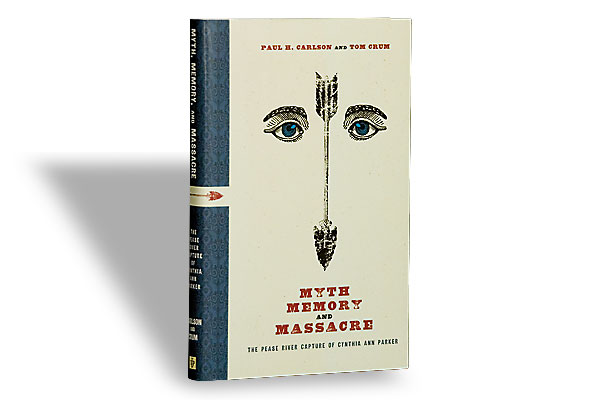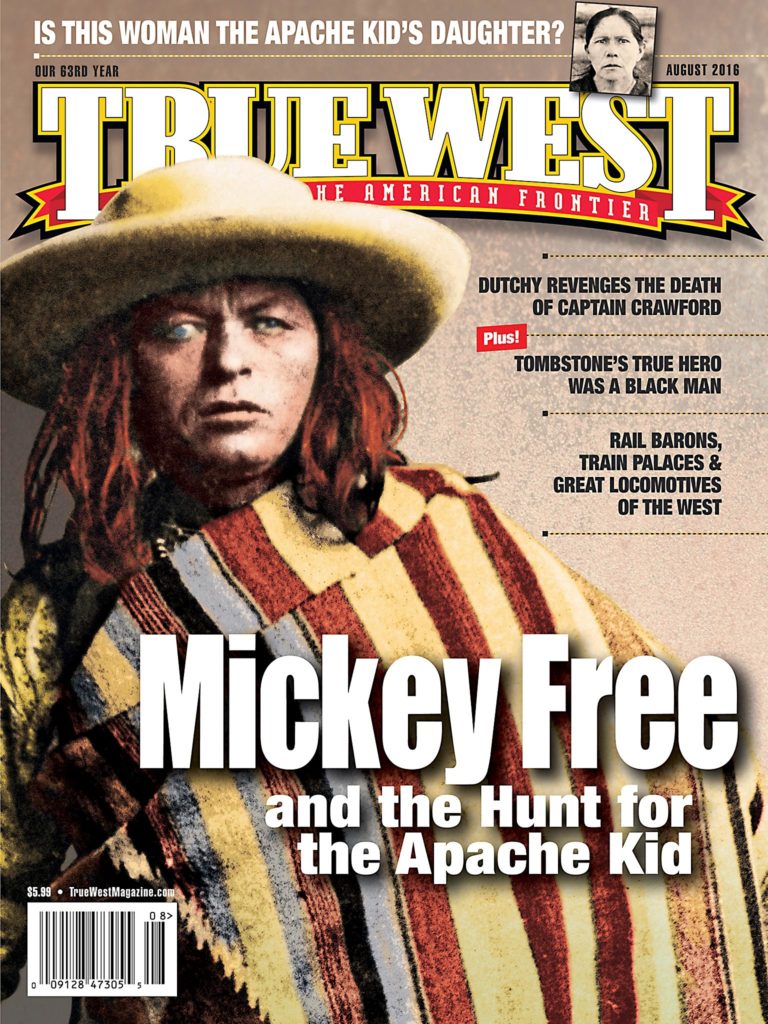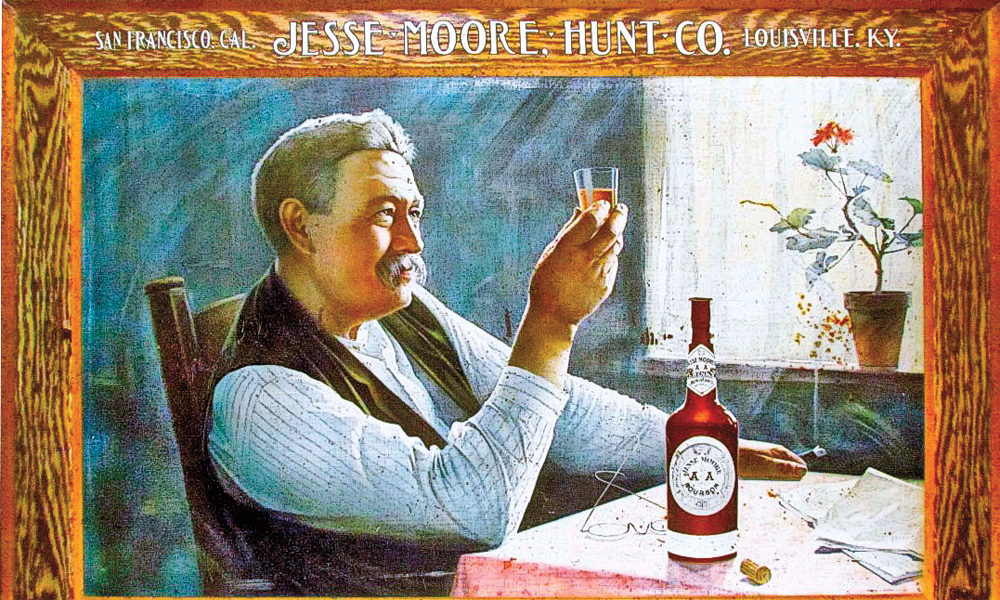
– True West Archives –
Not all American West pioneers walked up to bars, like Hollywood Westerns often portray, and ordered shots of whiskey. In fact, most would have considered doing so uncouth or ill-mannered. During the Victorian era, fancy drinks were all the rage.
Some of the most popular drinks in frontier saloons in 1881 included Whiskey Punch, Stone Fence and Tom and Jerry. Sure, if you lived in a rural location, simple whiskey may have been your only choice for liquor, but not in places like Denver, Colorado, Virginia City, Nevada, and Tombstone, Arizona.
As saloons multiplied, many of them began offering luxury services to attract customers. A popular trend of the time was for saloons to serve free lunches to patrons. The free food not only attracted folks to an establishment, but also made them thirsty. Saloons offered pickled herring, roast beef, roast turkey, pickled eggs, sardines and olives—one even offered pâté de foie gras. Some saloons hired a man, often called a caterer, to supervise and prepare the free lunch.
Saloon owners ordered liquor from a variety of places, which often included agents in California. One notable company was Jesse Moore, Hunt Co. in San Francisco. Customers could choose from AA, A, B or C brands. In the 1880s, AA brand whiskey sold for barrel or half-barrel portions, at $4 per gallon; the same amount of C brand cost only $3 per gallon.
The period’s popular brands of U.S. whiskey included Thistle Dew, Old Crow, Hermitage, Old Kentucky, Old Reserve, Coronet, Log Cabin No. 1, O.K. Cutter, Chicken Cock and Old Forrester. Imports included Dewar’s Scotch, Jameson Irish Whiskey and Canadian Club Whiskey.
Some imbibers used creative excuses to drink. Dan Nichols, a remarkably sober and industrious laborer, found himself standing before a southern Arizona judge in 1881, explaining why he had been arrested. Nichols, charged with being drunk and disorderly, pleaded guilty. He told the judge that he had fallen from grace because he took some of the “Oh to be joyful” to prevent snakebites.
The judge lectured Nichols on the evil of such activities. He pointed out that if Nichols continued this “snake bite prevention,” he would bring the “snakes” to him. The judge fined Nichols $5.
Have fun making and drinking the shared 1882 whiskey cocktail, and watch out for the snakes!
Stone Fence
6 oz. whiskey
2 or 3 ice cubes
Cider
Pour the whiskey and ice cubes into a whiskey glass and then fill to the
top with cider. Stir well with a spoon and serve.
Recipe adapted from Harry Johnson’s 1882 New and Improved Bartender’s Manual
Sherry Monahan has penned Mrs. Earp: Wives & Lovers of the Earp Brothers; California Vines, Wines & Pioneers; Taste of Tombstone; The Wicked West and Tombstone’s Treasure. She’s appeared on the History Channel in Lost Worlds and other shows.


